
How do you measure, compare and aggregate the impact of organizations that aim to do good in the world?
Measure, whether in a nonprofit project or for-profit social enterprise?
Compare, using a universal measure to easily compare a rooftop of solar panels vs. an acre of re-planted forest vs. 500 vaccines vs. jobs vs. food vs. happiness?
Aggregate, as in taking the sum of any or all impacts, while specifically separating out the potential, intended, and achieved levels of impact.
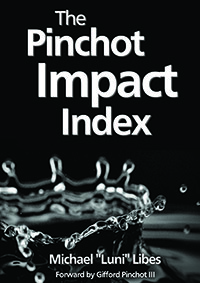 The Pinchot Impact Index is a new way to do all three of these tasks, using three simple ideas:
The Pinchot Impact Index is a new way to do all three of these tasks, using three simple ideas:
First, that impacts vary tremendously. One solar lantern is immensely less impactful than ending all hunger. They differ by orders of magnitude. Given those vast differences, we can stop arguing about the differences between one solar lantern and one vaccine and one tree.
Second, that despite the range of impacts, we can compress the values down to a scale of 1-7 (or -7 to +7 to include both positive and negative impacts). We’ve been rating books and movies on a scale of 1-5 for decades, so let’s do the same for impact.
Third, mixing the orders of magnitude and the tiny scale gives us a logarithmic index, which, using one formula on a simple spreadsheet, can let us combine impacts amongst projects with an organization, or aggregate the impact of any portfolio of investments.
All of this is explained in detail in The Pinchot Impact Index, along with a background on SROI, IRIS, and GIIRS, three other methods of measuring impact, plus a primer to re-teach you orders of magnitudes, which you learned in grammar school.
To see a demonstration of the Pinchot Impact Index in an actual portfolio, visit this post on the Fledge blog.
If you work at an organization that cares about impact, grab a copy from Amazon today.






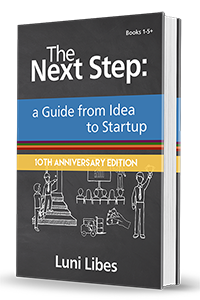
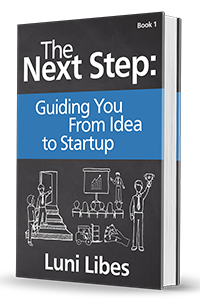
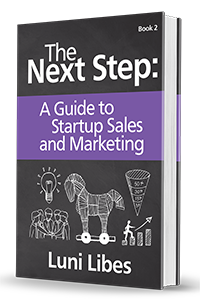
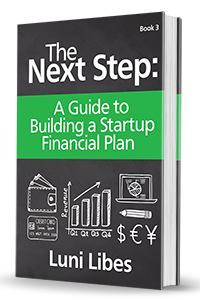
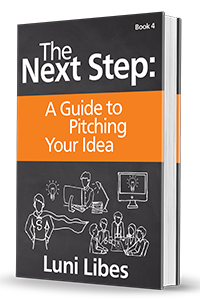
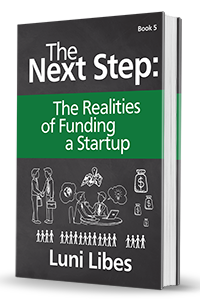
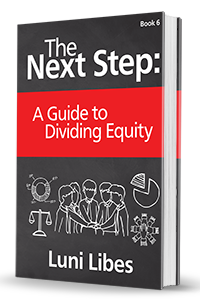
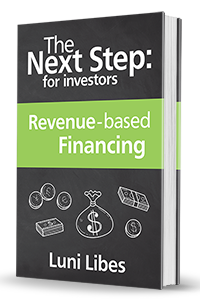

[…] The Pinchot Impact Index was introduced during the workshop – an interesting tool which can measure, compare and aggregate the impacts of any organisations operating in the impact space. What is interesting about this model is that it enables you to compare the impact of your different portfolio businesses, and also can differentiate the potential, achieved and intended levels of impact. […]